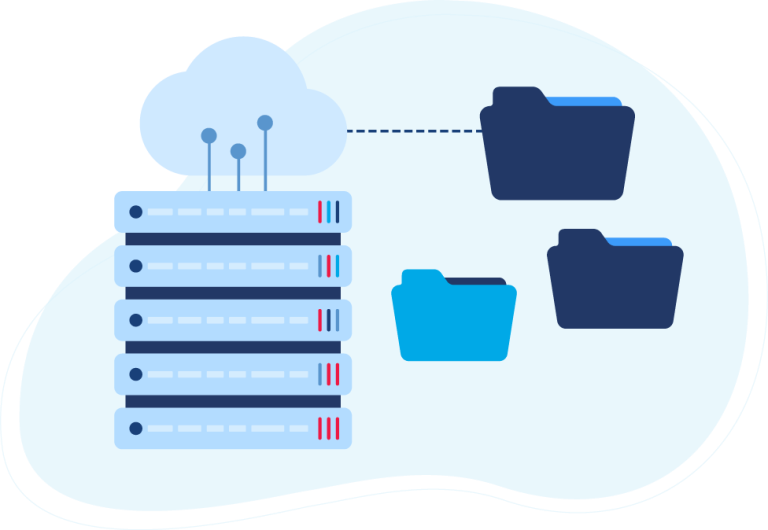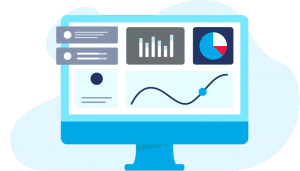This year at Shoptalk in Las Vegas, the signs that headless commerce had evolved beyond techie chatter were everywhere. As I wandered the tradeshow floor and attended the sessions, I wondered if headless was going to gain sufficient traction to become the third generation of ecommerce, or if it’s a stepping stone to an even more de-coupled future. I am still not sure.
If we look back, ecommerce has evolved well beyond the simple days of homebrewed websites written in HTML. Today we have cloud-based monolithic SaaS platforms that provide a user with a complete environment to launch and run a slick looking ecommerce site. I won’t go into the typical platforms because they are all mainstream, but the developer-centric orientation of first-generation sites have been quickly replaced by a visual front end content oriented experience that anyone with design and technical skills can navigate. Global adoption has exploded as a result. But as I left Las Vegas, I wondered if we are going to circle back to a more developer-centric world.
So why the talk about headless? A search of the internet finds that the word ‘headless‘ gained mainstream use in early 2017. This is, coincidentally, at about the same time that the shift from a desktop-centric to a mobile-centric ecommerce orientation happened. As smartphone technology and mobile operating systems became more and more powerful, mobile became predominant. In 2019, a unified experience regardless of platform is what omnichannel shoppers are looking for and expect.

What is Headless Commerce?
So what is headless commerce? In its simplest form, headless is the decoupling of the visual layer from the checkout and back-office business functions. In decoupling the front from the back end, APIs become the mechanism by which data moves between the separate parts. Now when I say APIs, I am not talking about first generation SOAP-based APIs, but rather lightweight REST-based APIs and webhook based push events. Headless commerce has an API-centric underpinning so a proper integration strategy will be critical for success.
The future if headless becomes mainstream, from what I saw at Shoptalk, will be the battle of the checkouts. Why? Because that is where the money is. Content management platforms will be pervasive where choice will be based on ease of check out integration, content and channel flexibility and the strength and scope of platform APIs.
Decoupling is the Future
The biggest benefit of decoupling the visual front end from the checkout and business backend is that it allows for faster content publishing. It also allows for targeted personalization which the ever-mobile shopper is looking for. In a recent article in E-Commerce Times, the CMO of Elasticpath stated, and I quote;
“With headless commerce, updating content across multiple touchpoints is efficient. It enables marketing teams to make design and content updates very quickly without requiring IT support. It also allows companies to enable commerce in all customer touchpoints, including nontraditional touchpoints such as voice commerce or VR.”
The allure of this approach is great given many companies run up against the restrictions and constraints built into many of the mainstream SaaS platforms. This approach, however, is definitely not for everyone.
The Power of APIs
So if decoupling is the future of commerce in certain circumstances, as all indicators seem to show, then where does that put current ecommerce approaches and strategies? In today’s single platform environment, an agency would work with the customer to design and implement a visually appealing front end that reflects the brand’s DNA. The checkout process would be fully integrated so the user experience is consistent. Integration to in house back-office applications is typically linear, moving data from point A to point B without thought of other uses of that data.
This current approach is great if you are small or starting to scale, however, if you are at scale or want a totally unified customer experience then a multi-point integration strategy is essential.

The Future is API-Centric
As new channels develop and become common, separating the content layer from the back end makes more and more sense in some cases. This decoupling will require an API-centric approach and will require a total rethink of integration strategies. The days of plug and play or PHP coding masquerading as an IPaaS solution because it’s cloud-hosted will no longer be suitable in a headless world. At VL OMNI, we have built a multipoint approach into our integration strategies, and we are ready for a headless world. Our platform is API-centric from the ground up.
In part 2 of this series I will outline some integration approaches and cautions for brands thinking of adopting a headless strategy for ecommerce. This will help you evaluate whether headless makes sense for where you are in your ecommerce evolution.
Join the conversation on Headless Commerce on LinkedIn
 D365 Business Central
D365 Business Central Netsuite
Netsuite


